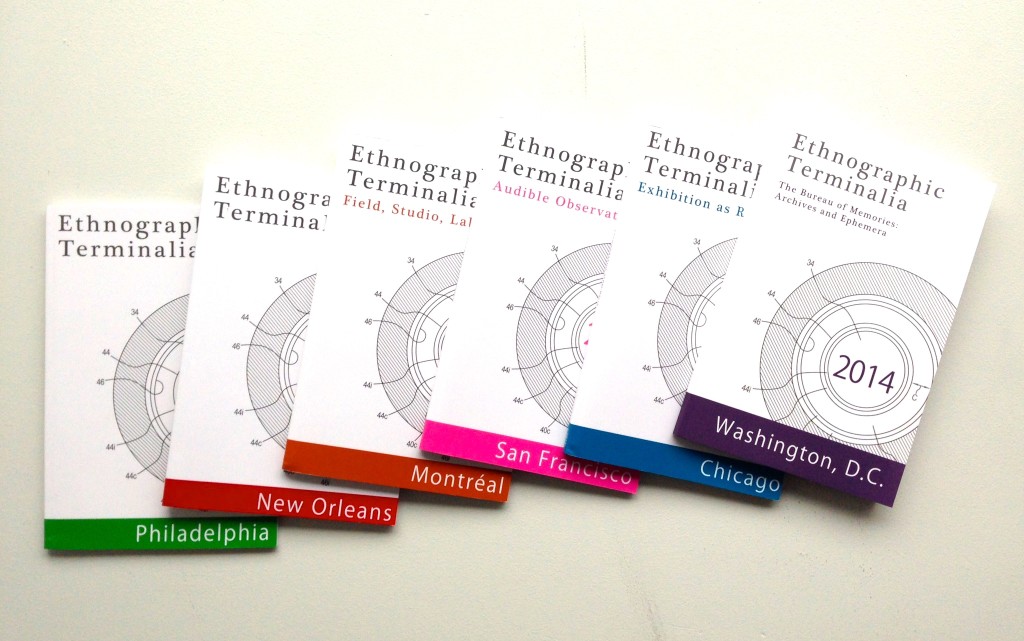Minamata Disease, ephemera, new media and new forms of dissent
Minamata in southern Kyushu is one of four major sites of industrial pollution in Japan. The Chisso Corporation began operations there in 1909 as a carbide and fertilizer manufacturer before moving into plastics and the production of acetaldehyde. By the late 1950s, the company directly employed one-third of the residents of Minamata and accounted for more than 60 percent of local tax revenues; former Chisso managers and union figured prominently in themunicipal government. For decades, the company dumped mercury, a by-product of acetaldehyde manufacture, into Minamata Bay, causing serious pollution of the marine eco-system. Local residents who ate contaminated fish were affected by methyl-mercury poisoning and its devastation of the central nervous system. Thousands have been affected, and legal battles and local activism continue.
The Minamata disease incident is neither resolved nor merely local. This workshop focuses on the translation of ephemera into new media/language to draw attention to intralingual, interlingual, and media translation as sites of contact and intervention where knots of social unease can continue to be scrutinized and reconsidered. It will introduce examples of the ephemera of dissent and introduce and put into practice the notion of “contemporaneous translation” as a generative site where stories are both specific and shared in a number of media at once.
*This workshop approaches the ephemera archive as departure text for multiple media translations; and theorizes and then practises contemporaneous translation as a new form that helps us understand change in terms of relationships.
Biography
Beverley Curran teaches Translation Studies at International Christian University (ICU) in Tokyo. Her publications include Translation Theory and Performance in Contemporary Japan: Native Voices, Foreign Bodies (St Jerome, 2008) and articles in Theatre Journal, Canadian Literature, and other journals and essay collections. She has collaborated on Japanese translations of Nicole Brossard’s Journal intime and Margaret Atwood’s The Journals of Susanna Moodie. Her current research project concerns the development of the idea of contemporaneous translation as a cultural practice and production that uses or is constituted of multiple media, and is grounded and engaged with body, place, and community.

